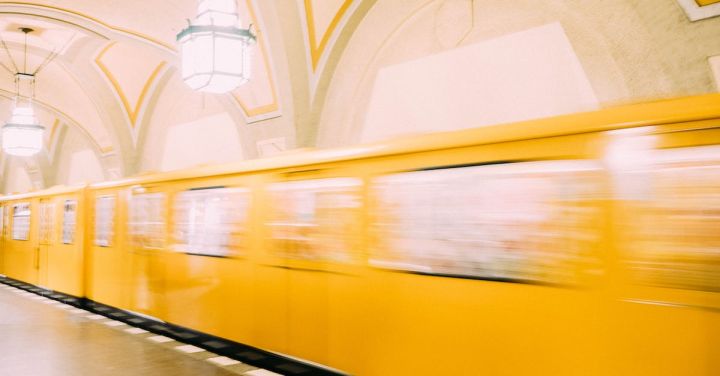The construction of railway tunnels is a fascinating blend of art and science. These underground passageways play a crucial role in connecting cities and regions, enabling efficient transportation of goods and people. But what does it take to build these engineering marvels?
At its core, tunnel construction is a meticulous process that requires careful planning, precise calculations, and the use of advanced technologies. Engineers start by conducting thorough geotechnical surveys to assess the soil and rock conditions along the proposed tunnel route. This information is vital for determining the appropriate tunneling method and designing the necessary support systems.
One of the most common tunneling techniques is the drill and blast method. This approach involves drilling holes into the rock face and then inserting explosives. The explosives are detonated, causing the rock to fracture and create a cavity. This process is repeated until the desired tunnel dimensions are achieved. While this method is effective, it can be time-consuming and labor-intensive.
Another popular method is the tunnel boring machine (TBM). TBMs are gigantic machines that excavate tunnels by mechanically cutting through the rock. These machines are equipped with rotating cutting heads that break up the rock and a system for removing the excavated material. TBMs are highly efficient and can tunnel through various types of ground, including hard rock and soft soil.
Regardless of the tunneling method used, engineers must ensure the stability and safety of the tunnel. This is achieved by installing support systems such as rock bolts, steel ribs, and shotcrete. These reinforcements help prevent collapses and maintain the integrity of the tunnel structure. Additionally, drainage systems are installed to manage water seepage and maintain a dry environment.
The artistry of tunnel construction lies in the ability to seamlessly integrate these engineering elements into the surrounding landscape. Architects and designers work closely with engineers to create tunnels that are not only functional but also aesthetically pleasing. The entrances and portals are carefully designed to harmonize with the natural surroundings, while the interior spaces are planned to optimize lighting and ventilation.
The construction of railway tunnels also requires meticulous project management. The sheer scale of tunnel projects necessitates careful coordination of resources, including manpower, equipment, and materials. Project managers must also ensure adherence to strict timelines and budgets. Delays or cost overruns can have significant repercussions, impacting the overall efficiency and profitability of the railway network.
In recent years, advancements in technology have revolutionized tunnel construction. Ground-penetrating radar and LiDAR (light detection and ranging) technologies enable engineers to accurately map the subsurface conditions before excavation begins. This information helps in selecting the appropriate tunneling method and designing the support systems.
Furthermore, 3D modeling and simulation software allow engineers to visualize the tunnel design and analyze its structural integrity. This virtual prototyping helps identify potential issues and refine the design before construction begins, saving time and resources.
The art and science of building railway tunnels is a testament to human ingenuity and innovation. These underground passages not only facilitate transportation but also contribute to the overall development and connectivity of a region. The next time you travel through a railway tunnel, take a moment to appreciate the intricate engineering and design that went into its construction.
